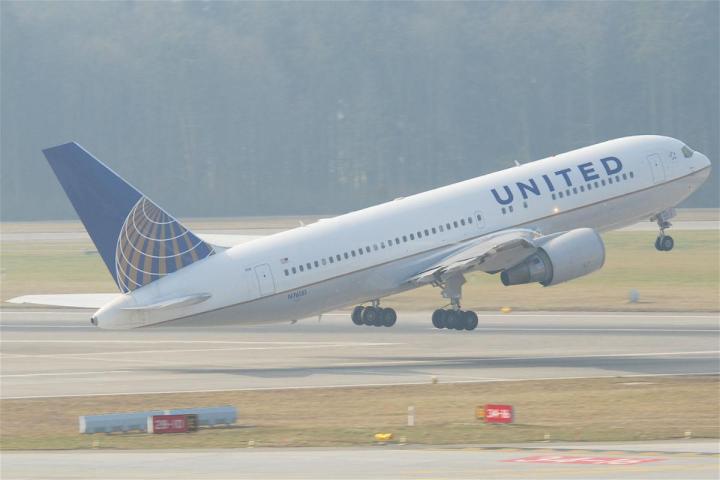
Santamarta claims that his method could allow a hacker to infiltrate a plane’s avionics systems. This would give the perpetrator the chance to disrupt navigation, communication, and security systems as well. Santamarta will be giving a talk on his discoveries in this area at the BlackHat 2014 conference this week.
“These devices are wide open,” Santamarta said when speaking to Reuters. “The goal of this talk is to help change that situation.”
It’s worth noting that Santamarta tested this in a controlled environment, at IOActive’s facility in Madrid.
Santamarta focused his theories, methods, and tests around Aviation 700, an aircraft satellite communications system built by a company called Cobham. At least one Cobham rep expressed doubt as to whether Santamarta’s hacking methods could be pulled off in a real world situation, stating that a hacker would need to get physical access to the hardware in order to be successful.
“In the aviation and maritime markets we serve, there are strict requirements restricting such access to authorized personnel only,” Cobham rep Greg Caires said.
It will be interesting to see whether Santamarta’s presentation will touch off a firestorm of concern and/or reform concerning aircraft safety measures and security, or whether his findings will be dismissed by the industry. Either way, we won’t have to wait too long to find out.


